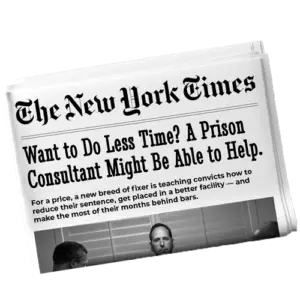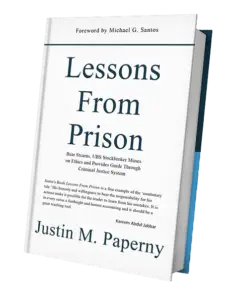(Click the Play button above to listen to the whole podcast)
Creating an asset with the wrong message can backfire. I’ve lost count of how many times I’ve picked up the phone and heard a defendant say, “I proffered, I cooperated, I thought that would be enough.” Then they tell me the judge still gave them two years because the record suggested they hadn’t truly accepted responsibility—or because restitution looked like a tactic to avoid prison.
That’s what happens when your message is wrong. Judge Bennett told us directly: a good allocution can mitigate a sentence if it shows responsibility, if it demonstrates a plan already in motion, if it reflects empathy for victims. The opposite happens all the time: allocutions filled with complaints about how hard it’s been on the family, or narratives that ignore victims entirely.
The danger is, most people don’t realize when they’re doing it. I didn’t know. When I surrendered, I didn’t even know what week it was. I had no plan. And if you don’t know, you risk putting excuses on paper without meaning to.
On a recent webinar, we reviewed a draft sentencing letter. It was extreme, and some people shook their heads while we read it. But the truth is, most drafts I see contain the same problems—just less obvious.
Here’s an example:
“I am sorry for what I did, and I hope you will see me for who I really am. Although I pleaded guilty to this crime, my conviction doesn’t reflect the person I truly am.”
On the surface, that sounds like an apology. But look closer. It implies the conviction was unfair, that the defendant is separate from the crime. It’s a hidden excuse.
The letter continued:
“I graduated from a prestigious university and come from a wonderful family. I acknowledge that my parents gave me every opportunity to succeed. I’m not like other people in the criminal justice system. In fact, no one who knows me thinks I should face a lengthy sentence.”
Again, the hidden message: I’m different. Prison is for other people.
Then came this line:
“I accept full responsibility for the crime I committed—though it wasn’t totally my fault, because what I did was common practice in my industry.”
This is where hidden excuses become obvious. Everyone was doing it. My firm encouraged it. I just followed along.
To the defendant, this may feel like context. To the judge, it reads as arrogance, entitlement, and a lack of empathy.
That’s the disconnect. Defendants think they’re showing remorse. Judges see excuses. Defendants think they’re taking responsibility. Judges see someone dodging it.
The question isn’t whether you’re writing eloquently—it’s whether your message is clean of excuses. Does it identify with victims? Does it show what you’ve learned? Does it demonstrate a plan? Or does it drift into self-pity and rationalization?
You can avoid these traps by starting early. Draft, refine, get feedback, and strip out anything that sounds like justification. Don’t wait until the night before sentencing. By then, it’s too late to build credibility.
Judges read everything. And what they remember isn’t how polished the writing is—it’s whether it shows accountability without excuses.
So before you send that draft, ask yourself: Am I proving responsibility, or hiding excuses inside the words?
Justin Paperny



